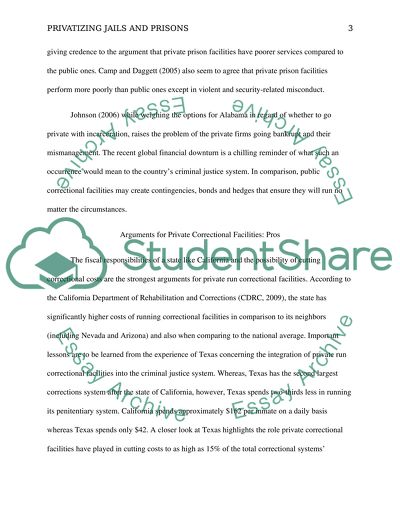Cite this document
(“Pros & Cons: Privatizing Jails and Prisons Essay”, n.d.)
Retrieved from https://studentshare.org/law/1442921-pros-cons-privatizing-jails-and-prisons
Retrieved from https://studentshare.org/law/1442921-pros-cons-privatizing-jails-and-prisons
(Pros & Cons: Privatizing Jails and Prisons Essay)
https://studentshare.org/law/1442921-pros-cons-privatizing-jails-and-prisons.
https://studentshare.org/law/1442921-pros-cons-privatizing-jails-and-prisons.
“Pros & Cons: Privatizing Jails and Prisons Essay”, n.d. https://studentshare.org/law/1442921-pros-cons-privatizing-jails-and-prisons.


